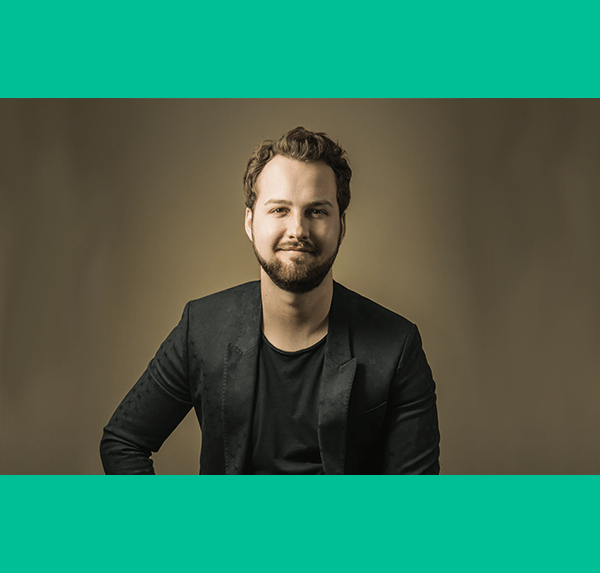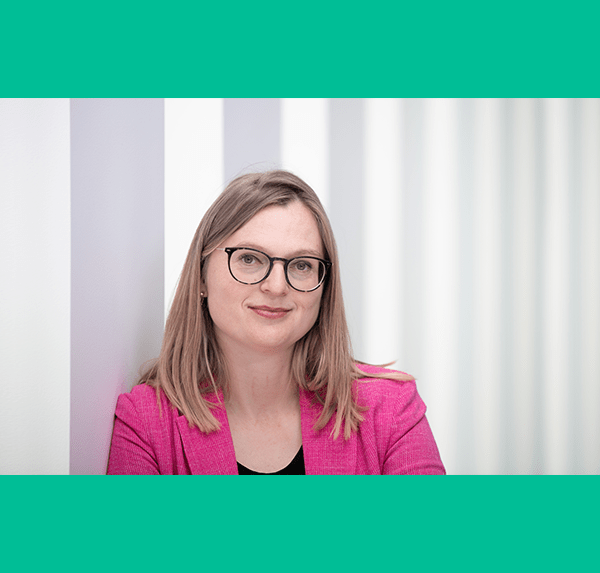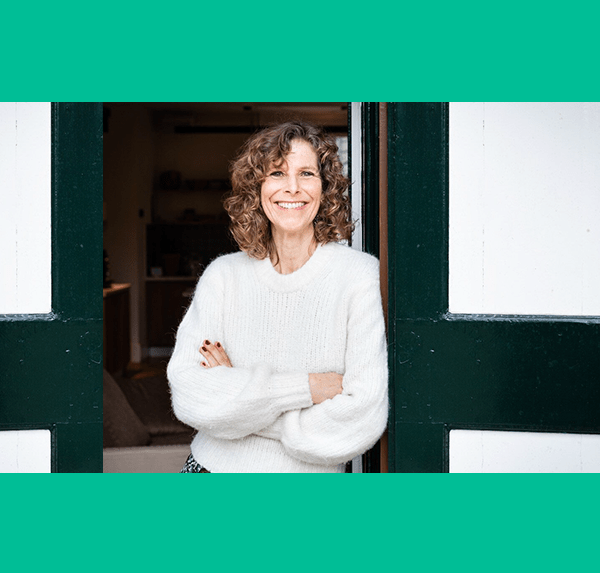EU Alumnus, Emmanuel Doffou, on a Design Career Within Non-Profits
‘Businessperson’ is not usually the first profile that comes to mind when we talk about designers. However, EU alumnus, Emmanuel Doffou, has always had a love for design and after studying a master’s in communication and PR, decided to pursue a career in an area he had previously considered a hobby.
Emmanuel has dedicated his professional life to non-profit organizations, including the UN’s International Organization for Migration (IOM) and International Telecommunication Union (ITU). His interest in sustainability has more recently led him to become an Associate in Digital Design & Communications at the World Business Council for Sustainable Development in Geneva.
We were intrigued to discover how the business mindset that Emmanuel developed at EU has contributed to his career in design and given him a competitive edge.
Could you tell us about your career path?
After my bachelor’s, I started doing internships in design to get more experience in that field. It wasn’t something I studied for my bachelor’s; it was sort of a hobby that I took up professionally. I later started my Master in Communications and PR at EU, which was a great plus for the creative aspect of my career as well. From there, I applied to jobs which led to good interviews. Before working for the World Business Council, I was interning at IOM and ITU.
What is the mission of the World Business Council for Sustainable Development?
The mission is to bring businesses together to move forward in sustainability. We believe businesses have the greatest impact in creating a more sustainable environment and pushing forward in climate, waste and pollution concerns.
Why is this mission important to you? Do you have a personal interest in sustainability?
I do, and I think everybody is concerned. We live on a big planet, and we all have a role to play in making it a better and healthier place to live. If we want to keep enjoying nature and all the natural resources we have, and if we want continuity in our responsible consumption, we have to take good care of what we have.
What inspired you to go into design?
I like aesthetics but I also like software. When I was younger, I played a lot with Photoshop and I realized I had a skill for it, so it became a hobby. I started doing side projects and I thought it would be nice to get into that field. I never thought about going to design school, but I thought that having design skills as a businessperson would be very helpful. Of course, I ended up being a designer.
What makes a good designer?
Make your message clear; be simple and efficient.
Technically, you need to know how to use the software for designing. But a designer is someone who knows how to make everybody understand what they’re trying to say without saying a lot. It’s not necessarily using a lot of colors or using all the fonts, it’s really just making sure that visual communication is simple and clear.
How do you make your work more sustainable?
The first thing we decided was to minimize on printing. Even though there is recyclable paper, it still raises the question if print is always needed. Reducing printing is cost effective, helps minimize paper waste, and it’s also easier to work that way. So, sustainably, it’s good for employees, good for the environment, and cost effective for organizations. Everybody wins!
Have online design resources influenced design?
Very much so, to the extent that anybody can be a designer. In the sense that you can easily learn it and you can easily communicate what needs to be communicated. For example, Canva is very good. There are tools that have really influenced what a designer is. If you look back, this was a skill that was not easily accessible, so designers sat high, and you only employed one when you really needed them. Today, everything is online so the need for design is extremely important. There’s a lot of information; everybody needs to stand out and these platforms make it easier.
Non-profits have different audiences. How do you ensure your designs appeal to all?
You can never make everybody happy, but the one thing you can do is to stay true to your brand and message. So, appealing to many people means to stay true to yourself; your brand has to be what it says it is and that’s the way you stand out.
What business skills do non-profit organizations value?
The good thing about having a profile in between a non-profit profile and a business profile is that you’re able to think outside the box. Maybe a non-profit mindset will put impact first, but the counterbalance of impact first is the need to be aggressive in communication and marketing in order to attract people to see what you do. It works hand in hand.
I always say my profile is good because I don’t necessarily think like a designer or see all the things a designer sees but when I need to use forward thinking, I thrive because I understand what it might imply business and marketing-wise. I have a larger business mindset in my approach to work.
I think it really helps to have diverse profiles in non-profits, or even in profitable business, where someone with a non-profit profile can help the business by always referring back to the company’s motivations.


What are the biggest challenges facing non-profit organizations today?
From a business mindset, I notice that non-profits in general find it hard to get their message across clearly. Unfortunately, not every non-profit has a large marketing or communications staff, and they aren’t very bold in their messaging. Many of them have a great impact but they aren’t seen. I hope smaller non-profits can stop looking at their size because their impact is great. They have to trust the brand, trust the cause and become more vocal about their mission and mandate.
My advice for smaller organizations is to maximize their resources. Make the best of the skills your marketing and PR team have, help them learn to build on the brand and really push the message forward visually. I think it’s knowing who you have in your organization and really tapping into their talents and allowing them to speak because they are part of the mandates.
What are the advantages of working for a non-profit?
You learn to look beyond what you can get and focus on what you can give. Even if you work for a for-profit company, your motivation is what gets you out of bed to go to the office. If your whole team is basing themselves on what they can get, they will not be there long. If the motive is what we can give, this is what we’re bringing and what we’re fighting for. If your employees have this mentality, you have an army working for you.
How have your studies at EU helped you get where you are?
Communications and PR are very important and doing this master’s was extremely helpful. We learned that every audience is different and were taught how to deliver our message clearly and concisely through different exercises during our lectures. Usually, you have very limited or only just enough time to get your message across so this is something I still find useful today.
Regarding communication, I now understand to whom I’m speaking and the cultural variants. I think this can be taken for granted sometimes but is key when you’re working and speaking to potential clients or leads. That for me is a big takeaway.
What are the advantages of doing an internship during your studies?
The greatest advantage is that you get to understand why you’re studying what you’re studying. I did my internship in digital communications, and I was doing my studies in communications and PR, so they went hand in hand and there were times I could see them feeding each other. It’s tough because you finish work and then you have to jump into your lessons, but it’s a great experience.
What advice would you give to business students who either want to go into design or work for a non-profit?
If you want to work in design, make sure you know your software and are up to date with the trends. Being able to work with different people is extremely important: understanding international cultures and knowing teamwork is vital.
If you’re aspiring to be a designer in a non-profit, enjoy the little things. Expectation management is very important, and you must remember why you do what you do. Don’t live for the project, live for the motive.












